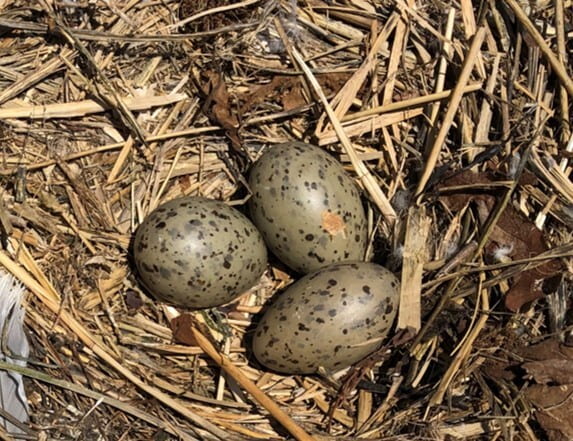We are excited to announce a new publication in Marine Pollution Bulletin! Entitled: Microplastic abundance in gull nests in relation to urbanization: https://www.sciencedirect.com/science/article/pii/S0025326X21000928
Plastic pollution is an increasingly recognized global environmental problem. With less than 1% being recycled, most plastics end up in our oceans where they can be further broken down into microplastics (plastic pieces that are less than 5mm in diameter) by chemical or physical processes. Microplastics are a growing concern due to their ability to concentrate harmful chemicals and pathogens on their surfaces. In this way, microplastics can act as vectors transporting harmful toxins throughout marine and coastal environments. Additionally, these toxins can enter and accumulate in the bodies of animals that accidently ingest plastics, causing further disruption to ecosystems.
Discerning the abundance and distribution of microplastics in our local environment is extremely important to understand threats to wildlife and ecosystems and develop mitigation strategies. Many studies assessing microplastic accumulation in marine environments have focused on broad scale global trends and used expensive and often disruptive means of sampling. In this paper, we sought to understand more local distributions and abundances of microplastics in relation to the degree of urbanization of the surrounding area. Because gulls build their nests out of debris collected from their immediate environments, we chose to use gull nests as an non-invasive and inexpensive means of quantifying microplastics in our study areas.
 Examples of microplastics found in gull nests
Examples of microplastics found in gull nests
We collected herring gull and great black-backed gull nest samples from three locations in the northeast United States (Jamaica Bay, NY; Stony Brook, NY; Tuckernuck, MA) representing high, medium, and low levels of urbanization, respectively. We found that our urban and suburban study sites had a higher abundance of microplastics than our most remote location. Additionally, we found differences in plastic type and color among our three study sites. For example, our most urban study site had a greater proportion of plastic films (ex. plastic sheeting or plastic bag pieces) when compared to our suburban study site which had a large number of hard, rigid plastics (ex. small pieces broken off from plastic containers). We were able to draw a direct link between the degree of urbanization of a landscape and microplastic presence and abundance, but we also noted additional factors that can influence microplastic accumulation in coastal environments including tidal ranges and coastal topography. This study was the first one to use gull nests as indicators of microplastics in coastal environments and highlights patterns of microplastic abundance and distribution on a regional scale.
